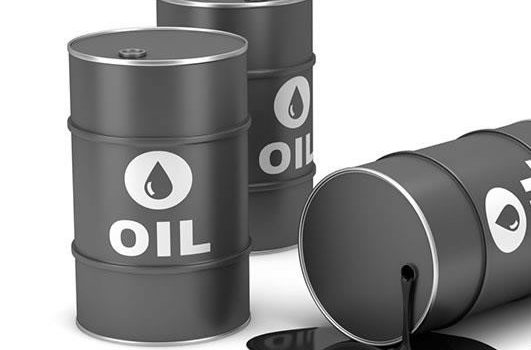Crude Oil price soars to $50 per barrel

Oil price Thursday soared higher with the global Brent crude benchmark above $50 for the first time in nine months, on progress toward a COVID-19 vaccine that may enable a return to economic normality next year. Brent oil had finished Wednesday a couple pennies higher and U.S. benchmark West Texas Intermediate crude saw a modest decline, mostly shaking off pressure from a sharp rise in U.S. crude inventories — the largest weekly increase since April. “Oil prices stood tall even after a massive 15.2-million-barrel crude oil increase in U.S. oil supply” reported by the Energy Information Administration Wednesday, said Phil Flynn, senior market analyst at The Price Futures Group.
“The crude oil market is looking beyond the numbers,” he said in a note. “The market held key support and is now focusing on vaccine distribution that could lead to a spike in demand that should drive global supply back below normal levels next year.” West Texas Intermediate crude for January delivery rose $1.33, or 2.9%, to $46.85 a barrel on the New York Mercantile Exchange after trading as high as $46.88, the highest intraday level since March. The global benchmark, February Brent crude, rose $1.42, or 2.9%, to $50.28 a barrel on ICE Futures Europe. Prices haven’t traded at or above $50 since early March. “There is enough positive vaccine feeling to keep the market in check,” said Stephen Innes, chief global markets strategist at Axi, in a note. “The World Health Organization said jumps in weekly COVID-19 cases in the United States and Canada are particularly problematic as winter approaches. But the U.S. is drawing closer to vaccine approval.”
An all-day regulatory meeting scheduled to take place Thursday is the nest step towards the likely authorisation of the first COVID-19 vaccine in the U.S. The vaccine, developed by Pfizer Inc. and BioNTech SE saw its rollout in the U.K. begin earlier this week after regulators in that country authorised it for emergency use. Oil’s resilience frustrated some analysts.
“It seems that cheap money, good sentiment on the stock market and, hopes that demand will soon normalise thanks to corona vaccines count for more than the reality,” said Eugen Weinberg, commodity analyst at Commerzbank, in a note. While the rise in crude inventories was attributed to a surge in imports, increases in gasoline and distillate inventories offered a disturbing picture on fuel demand, he said. Total products supplied, a proxy for demand, averaged 18.9 million barrels a day over the last four week period ended on Dec. 4, down 7.5% from the same period last year, the EIA reported Wednesday.
On Nymex Thursday, January gasoline tacked on 3.1% to $1.315 a gallon and January heating oil rose 3.1% to $1.4428 a gallon.
Natural-gas futures were also higher, ahead of a weekly update from the EIA on U.S. supplies of the fuel. On average, analysts expect the data to show a 78 billion-cubic-foot decline in natural-gas supplies for the week ended Dec. 4, according to a survey by S&P Global Platts. The decline would be bigger than the five-year average fall of 61 billion cubic feet, the survey said. January natural gas was trading 1.4% higher at $2.477 per million British thermal units. “It seems that cheap money, good sentiment







Leave a Reply